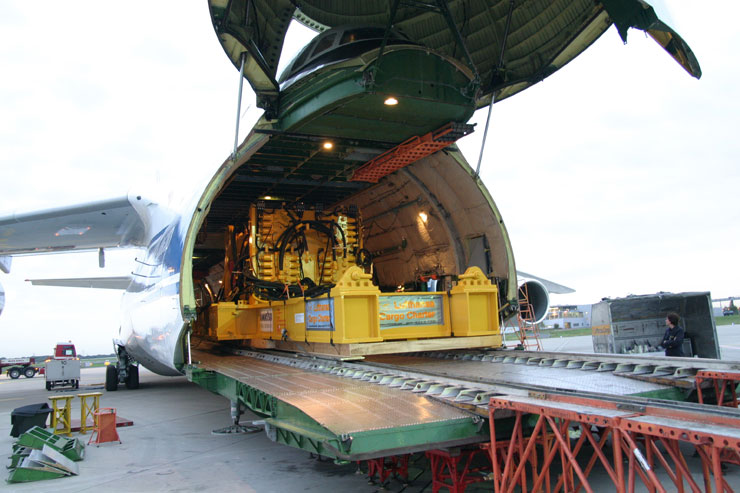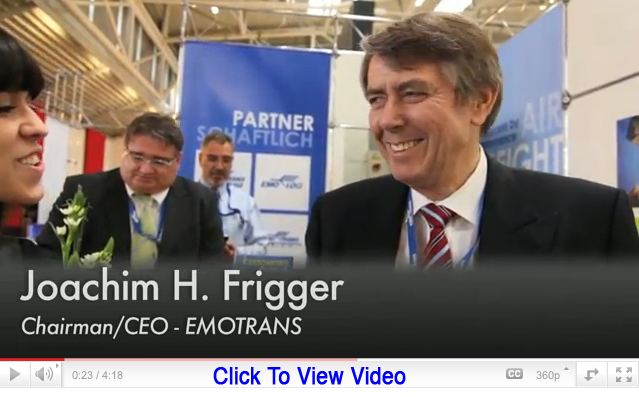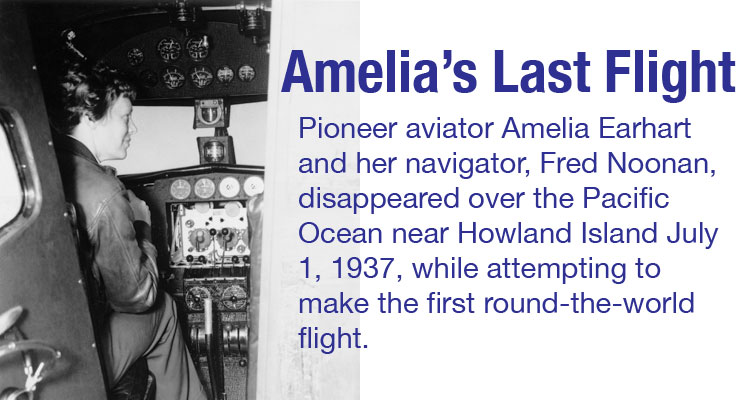

Surrounded by jungle and located in one
of the least accessible highland regions in the world, a new airport
is being built that will be able to handle aircraft up to and including
Antonov 124 freighters. Its construction is a testament to the huge
global surge in demand for energy.
From new mining projects in the Asia Pacific,
to oil exploration and new plant builds in Africa, the Middle East and
South America, the energy sector is an increasingly lucrative niche
for many carriers as shippers expedite cargo to help in the construction
of new infrastructure or to service existing plants.
The new airport in question is located
in Komo in the tribal Highlands of Papua, New Guinea. A joint venture
between McConnell Dowell and Consolidated Contractors is building the
air facilities, linked bridges and rail track, which are scheduled for
completion in 2012.
The key reason for its construction is
the Exxon Mobil-led PNG LNG $19 billion project. The integrated LNG
development includes gas production, liquefaction, processing and storage
facilities in the Southern Highlands and Western Provinces and has a
target capacity of 6.6 million tonnes per year. Production is due to
commence in 2014 and even in its first year of output when it will not
be at full capacity, the project is expected to account for 30 percent
of total national exports.
But its construction requires the delivery
of huge volumes of heavy plant equipment, which are unsuitable for PNG’s
dilapidated roads. So, with any delay in output set to cost billions,
the developers concluded an airport for some of the largest airplanes
in the world was a ‘must have.’
The rush to get energy to market is not
only apparent in the highlands of PNG. The global financial crisis saw
many new energy projects put on hold, but many have now been ‘green-lighted’
and the race is on to cash in on high prices for fuel.
“Due to the diversity of cargo moved
in the oil and energy industry, cargo can vary from items as small as
nuts and bolts to huge ones like pipes or platforms,” said Sam
Ang, CEO, Southeast Asia, DHL Global Forwarding.
The spike in demand from the energy sector
often favors airlines with suitable capacity for the sort of heavy,
outsized and other types of project cargos such major infrastructure
projects require, either during construction or delivered as parts.
A spokesperson for Lufthansa Cargo Charter,
a 100 percent subsidiary of Lufthansa Cargo, said charter demand had
spiraled in recent months with energy projects in Africa and South America
to the fore.
“Other project cargo is strong as
well with quite a few developing countries like India and also some
of the former Soviet Republics. We had a huge project to Uzbekistan
last year,” she added.
Michael Goodisman, Business Development
Manager for Ruslan International, which markets the combined fleet of
17 Antonov An124-100 aircraft operated by Antonov Airlines and Volga-Dnepr
Airlines, said defense charter demand had fallen away in the last two
years, but demand from the oil and gas sector had helped ease the decline.
“Since the beginning of 2011, we
have noticed a jump in the level of enquiries and fixtures for the energy
sector,” he added.
“Energy sector flights into West
Africa have been significant and we have already seen significant growth
in the amount of project cargo into and out of Brazil.
“We would expect this trend to continue
as Brazil has relevant project cargo industries such as oil and gas
and heavy and outsize machinery manufacturing.”
DHL handles heavylift and project uplift
for the sector using its own aircraft, commercial flights and chartered
aircraft depending on the specific needs of customers. Ang said the
outlook was bright for air forwarders and carriers with strong links
to the oil and gas industry.
“Demand for air cargo transportation
[from the energy sector] is increasing as customers need to optimize
their use of assets in their operations globally to reduce high levels
of asset inventory, which can be very costly,” he added.
Sky King
|






